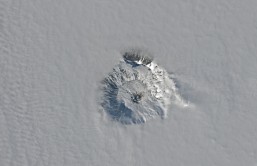A new DNA analysis study identified 107 genes that increase one's risk of developing autism spectrum disorders (ASD). This study's findings could help scientists develop treatments for autism on a genetic level.
ASD is a group of developmental disorders that affects the social behavior and communication of an individual. The condition affects 1 in 68 children and primarily affects boys. In the United States, 1 in 6 children is diagnosed with ASD every year.
Researchers from Mount Sinai and the Autism Sequencing Consortium examined different types of rare, genetic differences in more than 14,000 DNA samples collected. 3,381patients with ASD, 2,270 parents and siblings, and a number of unrelated individuals acted as the control group.
This study is the first to consider the effects of inherited genes and the changes that the sperm and egg undergo to form the embryo. The team named 107 genes that increases one's risk to autism, but clarified that most of them pose small risks. The researchers believe that the interaction between gene variations may be the key to understanding autism.
Using DNA sequencing techniques, the researchers looked at the number of variations that could be made out of the top 107 genes. They concluded that small differences in 1,000 genes will still increase the risk of developing autism.
The analysis identified 33 genes presumed to contribute to autism. Compare that number to earlier studies, which only found nine. Researchers also discovered 70 new genes that had not been previously identified. The mutation was observed in five percent of the individuals with autism.
The team plans to continue the research involving other subjects to determine how genetic variations can be used to treat autism.
"While we have very strong findings in these genetic analyses, newfound genetic discoveries must next be moved into molecular, cell and animal studies to realize benefits for families, "said study co-author Prof. Joseph Buxbaum of Icahn School of Medicine at Mount Sinai in a press release. He is also the director of the Seaver Autism Center.
Further details of the study were published in the Oct. 29 issue of Nature.








